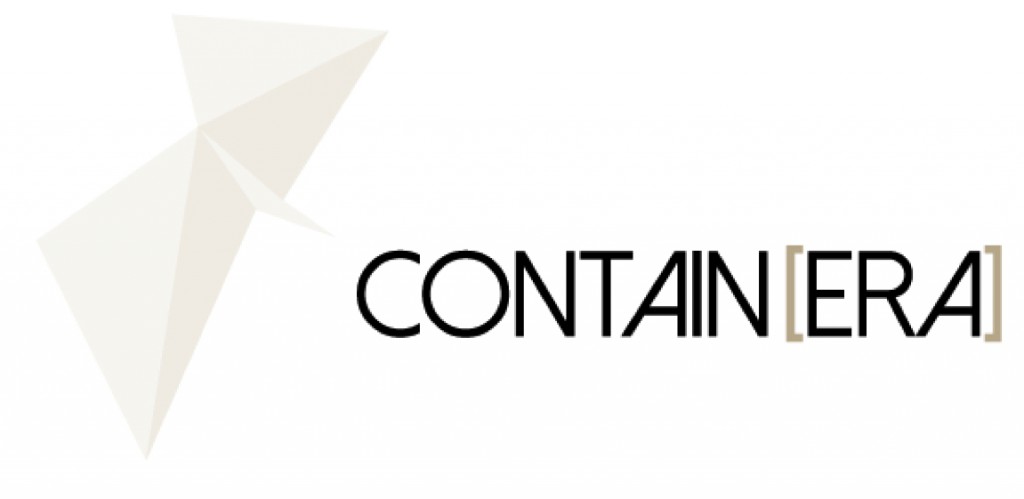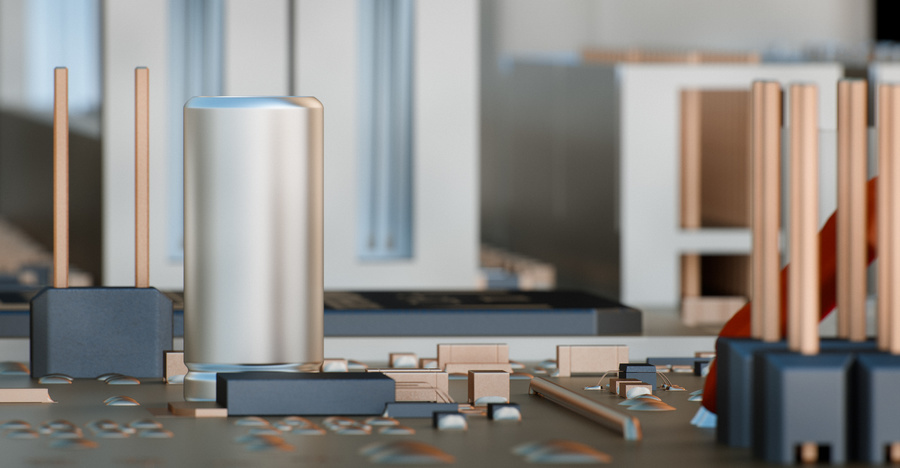Eröffnung: Fr 16.10.2015 – 19 Uhr
Ausstellung: 17.10. – 22.10.2015 – Mo Di Mi – 13–17 Uhr – Do Sa 15-19 Uhr
Station Berlin: Freifläche vor dem Pallasseum Höhe Pallasstr. 5 in 10781 Berlin-Schöneberg
Die Installation von Karol Komorowski besteht aus großteiligen Fotoarbeiten. Ihr panoramatisches Format und ihre Poetik rückt sie in die Nähe des populären Genres der Stadtlandschaften. Vermittels ihres Gegenstands – der Computer-Hardware – reflektieren die Arbeiten eine eher physische Annäherung an die heutige technikgetriebene Gesellschaft. Während der Diskurs über die Verfassung des Post-Internets Fahrt aufnimmt, ist es wichtig zu schauen, was sich abspielt, bevor der Computerbildschirm den Raum eines einsamen Net-Flaneurs mit kaltem, synthetischem Licht füllt. Die Computer-Hardware, zugleich verborgen und sakral, wird nahtlos verdeckt von dem Display und damit von Bildern und wird zu der Domäne von Experten, ein Körper der vernachlässigt wird vor dem Lobgesang auf den Intellekt – also die Software, die allen Prozessen, egal wo in der Welt, zugrunde liegt. Aber die innere Logik der Hardware findet ihren Ausdruck nicht nur in einer hochkomplexen Architektur, sie zeigt sich zugleich auch in den offensichtlichen ästhetischen Qualitäten. Aber wie eine Verbindung zwischen diesen scheinbar weit entfernten Stadtlandschaften und unserer stadtfixierten Kultur herstellen? Und liegt es in der Natur der Datenverarbeitung oder der Information selbst, dass alles so kompatibel und universell scheint?
Komorowski’s exhibition consists of large scale photographic works. Their panoramic format and overall poetics connotes with the popular genre of cityscapes. By means of its subject-matter – the computer hardware – the works will reflect with a more physical approach on today’s technology-driven society. While the discourse on the post-Internet condition gained speed, it is now important to look at what happens before the computer screen fills a lonely net-flaneur’s room with its cold, synthetic light. Computer hardware being both hidden and sacred, became a void place seamlessly obscured by the apparent dominance of displays, and therefore images, a domain of experts, a body neglected in the praise of intellect – in this case the software underlying all the processes taking place anywhere in the world. However, hardware in a very literal sense, has its inner logic expressed by its uber-complex architecture and at the same time represents consistent aesthetic qualities. But how to relate these seemingly distant, micro-cityscapes to our city-centric culture? And is it the nature of data processing itself that makes everything so compatible and universal or the very information?

